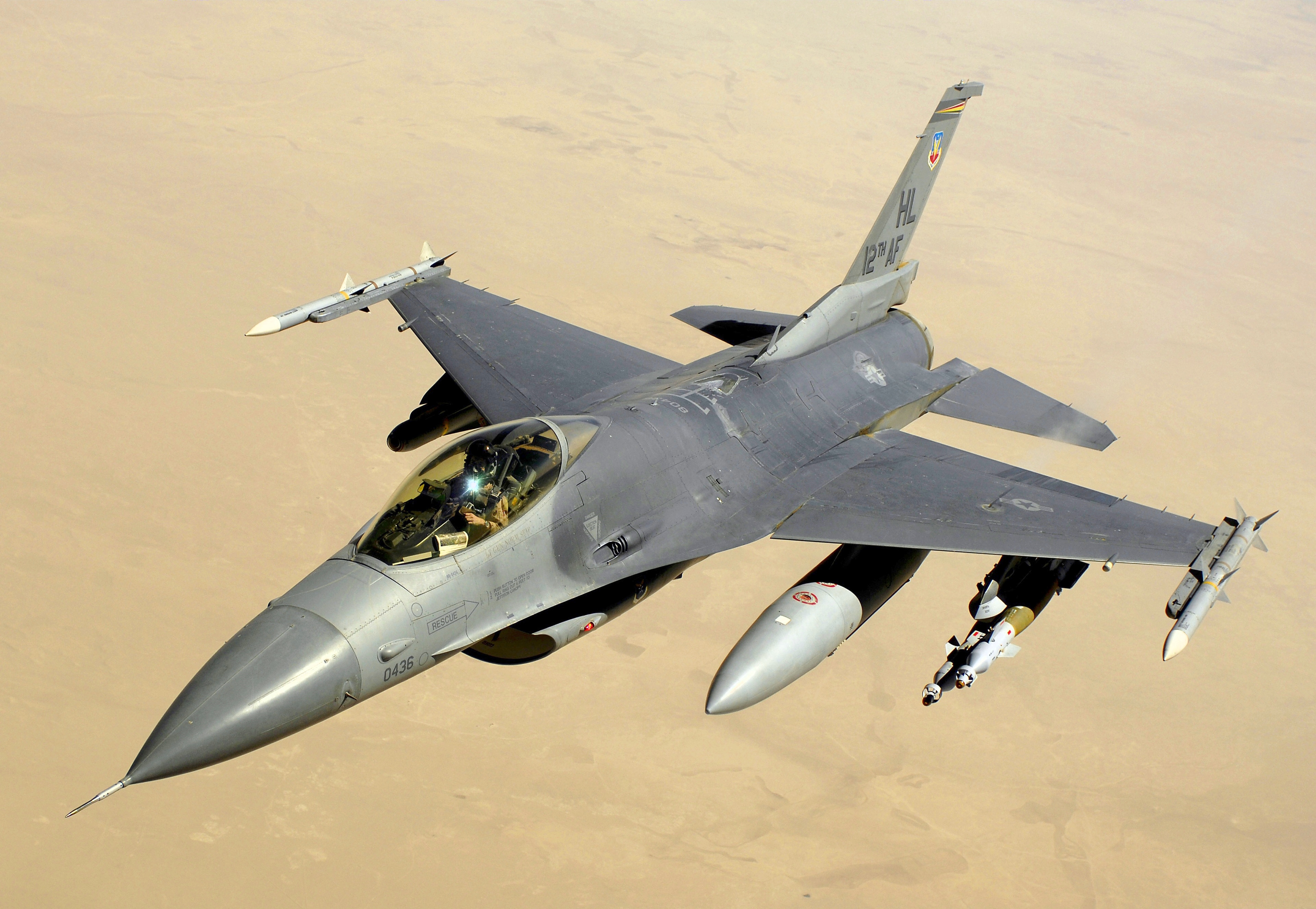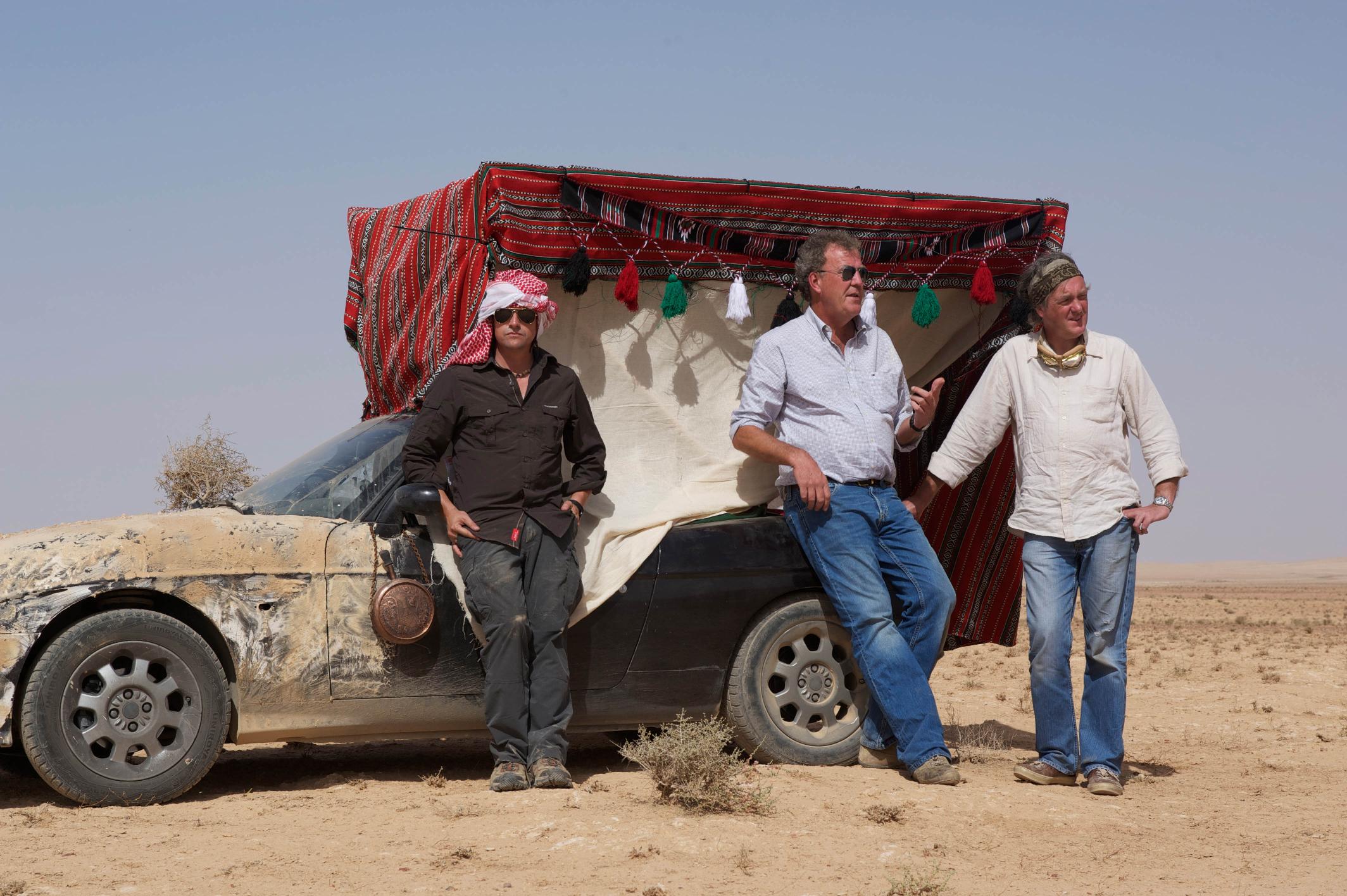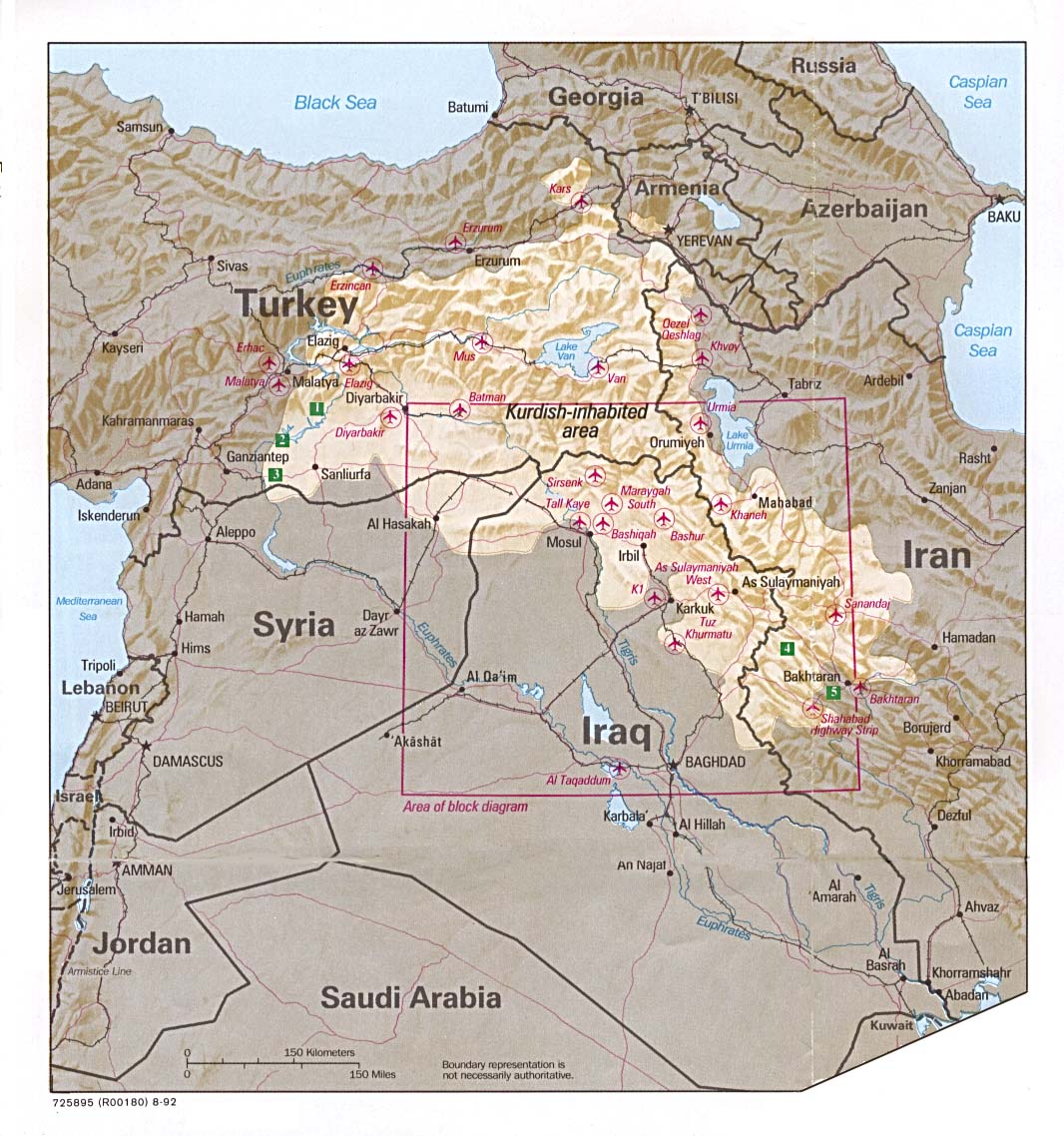I was born on Veterans Day. November 11th. While I’m not one who believes in astrology or the like, it was always rather interesting that I developed a keen interest in the military, both of old and modern. It’s odd, as my family is not a military one. My late grandfather was in the Navy during WWII, but beyond that I never got a more thorough account. Maybe it’s just my seemingly innate fascination with machines. Whether computers, automobiles, motorcycles, or aeroplanes, I just seem to be enamored with their intricate complexity and presence. And among the world’s operators of awesome machinery, few match the militaries of super-power nations such as the U.S.A. or Russia in its prime.
So given that Veterans Day has recently come and gone, I thought this would be an appropriate occasion to discuss one of the purposes of the day, remembering those who have lost their life while serving in the U.S. military. Now of course Memorial Day is the main occasion to exercise respect for the fallen, but Veterans Day (and every other day really) is a fitting time for the same level of humility.
This year’s Veterans Day held a certain special significance. After more than 10 years in Iraq as a combat force, the U.S. is packing up shop. But counter to this positive news came tragedy. You may remember the news of an Army helicopter crashing and killing all those onboard. It was a CH-47 Chinook cargo helicopter and the 30 Americans aboard all perished in the crash. No U.S. personnel were found to be at fault, as the chopper’s fate hung in the balance of a Taliban fighter’s aim. The crash was deemed to be from a RPG-7 projectile hitting one of the main rotor blades and crippling the rotorcraft. The ensuing impact and fire wiped out any survivors.
Such a loss was unprecedented; it was the deadliest single accident for U.S. forces in over the last decade of fighting.
As many may have heard, a large percentage of the occupants were from Navy SEAL (SEa, Air, Land) teams. And while some of those SEALs were members of SEAL Team 6, the unit that is credited with killing Osama Bin Laden, none of the actual commandos that took part in that mission were on board.
Regardless, 30 men died in an instant and over 5,000 Americans have died in the deserts of the Middle East during Operation Iraqi Freedom & Enduring Freedom. Yet what covers the news shown in American homes? Dancing with the Stars or some Kardashian bullshit? The failings of the U.S. media are not new, but at least in this day and age the simple soldier can share his story from the front-line if so inclined.
It seems the Walter Cronkites of our day carry a gun with their camera and notepad…










